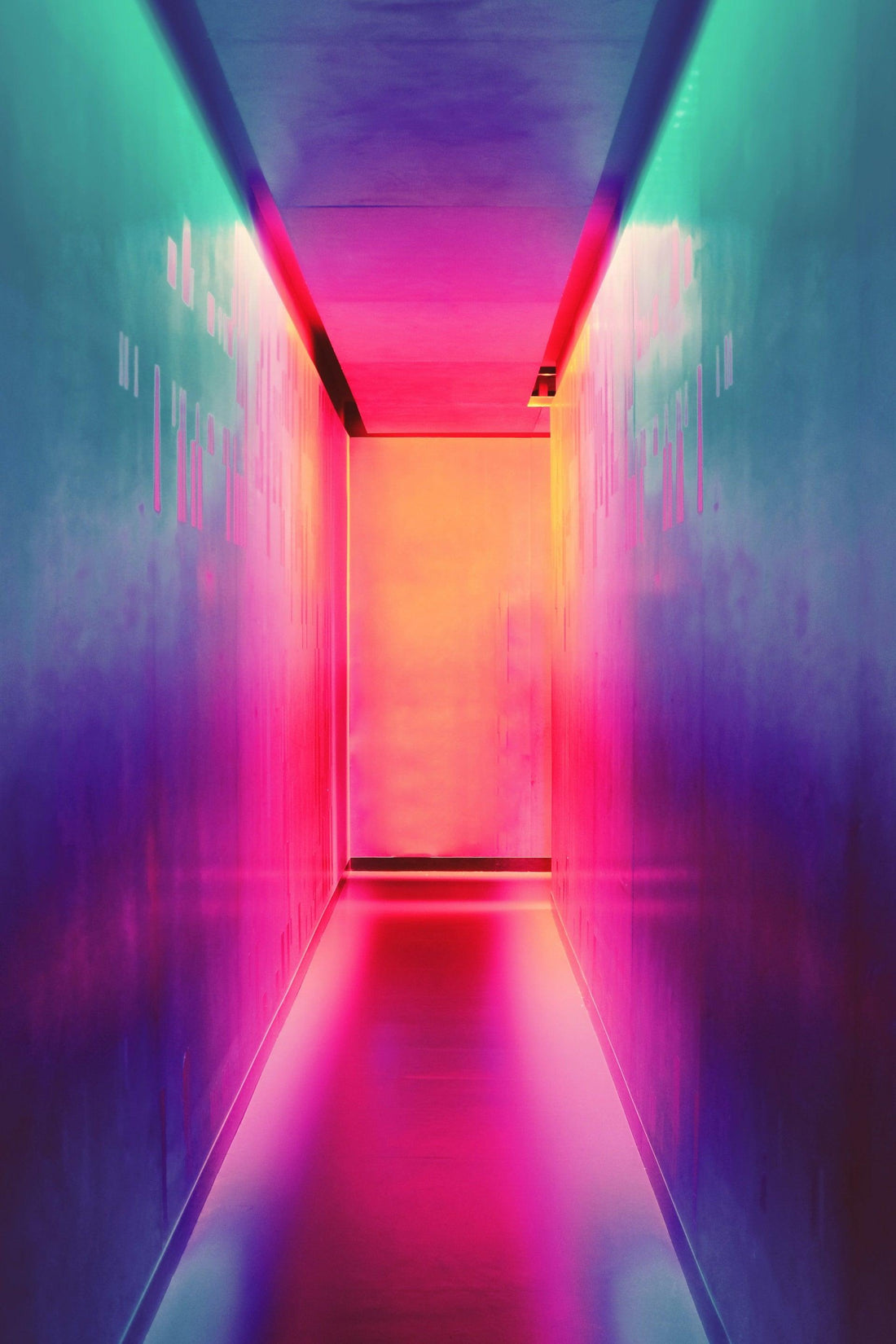Best Color Light for Sleep: A Relaxing Bedroom Ambiance
Share

Getting a good night's sleep is essential for our overall well-being, and the color of light in your bedroom can significantly impact the quality of your slumber. In this article, we'll explore the concept of the best color light for sleep.
Understanding the Impact of Light on Sleep:
Light plays a crucial role in regulating our sleep-wake cycle. Exposure to natural light during the day helps keep us alert and awake, while the absence of light in the evening signals our body that it's time to wind down and prepare for sleep. Artificial light, including the color of light bulbs, can either support or disrupt this natural rhythm.
The Best Color Light For Sleep: Warm Tones
When it comes to creating a sleep-conducive environment, warm-toned light is generally considered the best choice. Here's why:
Soft White (Warm White) Light:
- Soft white light, often categorized as warm white, emits a cozy and inviting glow.
- It closely mimics the warm tones of evening sunlight, signaling to your body that it's time to relax and prepare for sleep.
- This color light is ideal for bedroom lamps, ceiling fixtures, and bedside reading lights.
Amber or Red Light:
- Amber or red light has the least impact on your circadian rhythm.
- It minimizes the suppression of melatonin, a hormone that regulates sleep, making it easier to fall asleep and stay asleep.
- Red or amber nightlights are excellent choices for those who need some illumination during the night without disrupting their sleep.
Avoiding Blue Light:
Blue light, often associated with cool, daylight-like lighting, can be disruptive to sleep. Here's why you should minimize blue light exposure in the evening:
Suppresses Melatonin Production:
- Blue light exposure in the evening can suppress the production of melatonin, making it harder to fall asleep.
- It confuses your body's internal clock, signaling that it's still daytime.
LED Screens and Devices:
- Limit exposure to blue light from screens, such as smartphones, tablets, and computers, at least an hour before bedtime.
- Consider using blue light filters on your electronic devices to reduce its impact on your sleep.
Finding the Right Balance:
While warm-toned light is generally recommended for sleep, finding the right balance is key. Some people prefer a dim, ambient light for relaxation, while others prefer complete darkness. Personal preferences play a significant role in creating a sleep-conducive environment.
The best color light for sleep is one that aligns with your natural circadian rhythm and promotes relaxation. Warm-toned lights like soft white or amber are excellent choices for your bedroom, as they signal to your body that it's time to wind down and prepare for rest. Additionally, avoiding blue light from screens in the evening can further support your sleep quality. By understanding the impact of light on your sleep and making informed choices about the color of light in your bedroom, you can create a relaxing ambiance that encourages restful nights and energized mornings.




